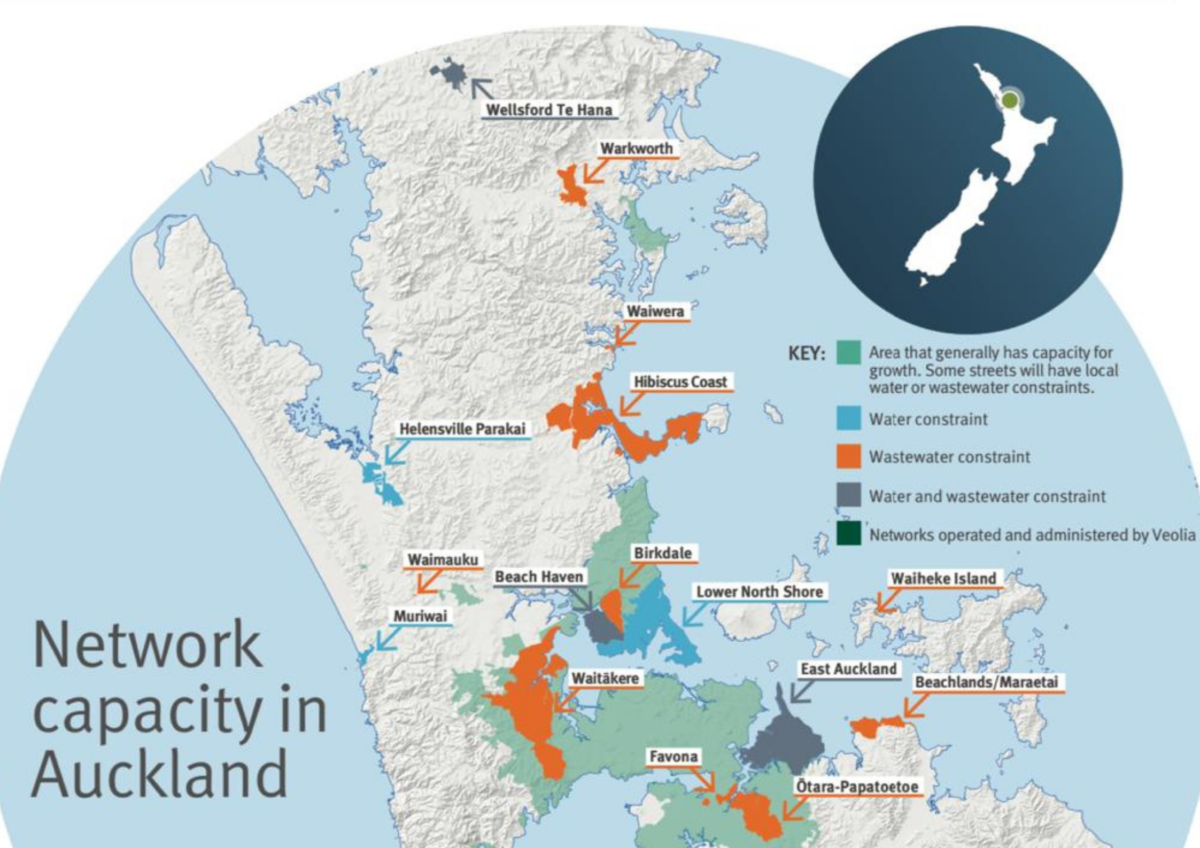The Reserve Bank has just announced that they are setting new debt-to-income (DTI) rules for banks on home lending that will come into effect on the 1st July 2024.

Let’s take a look at what they are and how they will affect borrowers.
What is a DTI?
A DTI is used by banks and lenders to limit how much you can borrow based on your income and debt.
The maximum amount you can borrow is:
Annual income before tax x DTI ratio
These are put in place to ensure that banks are responsible with their lending and don’t over lend during economic booms.
What are the new restrictions?
From the 1st July 2024 the new restrictions mean that banks will be able to make a maximum of:
Will you be affected by the new DTI restrictions?
Potentially. You will only be affected if you are asking to borrow more than six times your yearly income before tax if you’re an owner-occupier or seven times if you’re an investor.
For example:
If a family has a yearly income before tax of $150,000 and a debt of $25,000 they can borrow up to $875,000 (their yearly income multiplied by six minus their debt) before they would be considered as a high DTI.
In this case they wouldn’t be affected.
However, if they wanted to borrow over $875,000 they could be affected by these new restrictions.
This isn’t to say that banks wouldn’t lend them the money, but it does depend on how much high DTI lending they have already done in a certain period.
It’s important to note:
– This doesn’t take into account deposits, this only refers to how much you can borrow.
– Banks will have their own lending criteria and other rules that might affect how much they are willing to lend you.
Are there any exemptions?
Yes there are some exemptions and it is important to speak with your bank to see the full list of exemptions to determine if you are exempt, but some exemptions include: Kāinga Ora loans, bridging finance and property remediation.
N.B This article is just a brief guide and not financial advice, for more in-depth mortgage advice, get in touch with our team.
 Uncategorized
Uncategorized
Recently parts of Auckland have been red-zoned by Watercare, Council Controlled Organisation CCO, effectively blindsiding many developers who have already bought land ready to develop.…
 Uncategorized
Uncategorized
What will happen to property prices in 2025 according to the leading economists?
 Auction
Financial Literacy
First Home Buyer
Hamilton
House Purchase
Interest Rate
Loan Approval
Property Investment
Property Tax
Rental
Auction
Financial Literacy
First Home Buyer
Hamilton
House Purchase
Interest Rate
Loan Approval
Property Investment
Property Tax
Rental
The fourth largest region in New Zealand, the Waikato covers over 25,000 square kilometres and includes, arguably, some of the most beautiful areas in the…

Subscribe and get news and information about our webpage